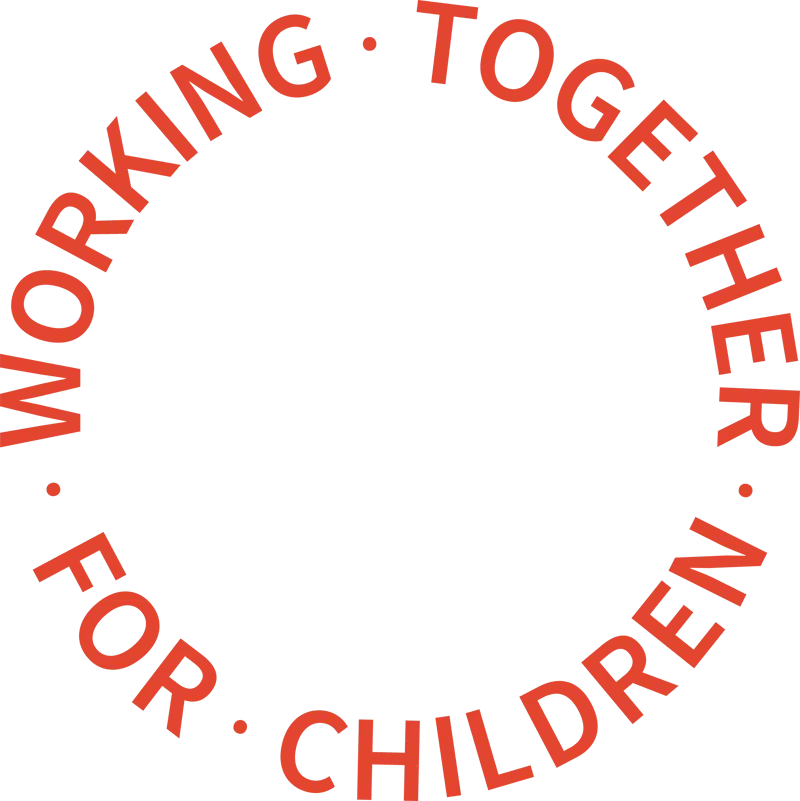The number of referrals to children’s services at March 2021 was 11% lower than in previous years, according to official statistics from the Department for Education.
The ‘Vulnerable Children and Young People Survey Summary of returns Waves 1 to 22’ report published by the Department for Education reveals that in Wave 22 - between 8 and 14 March 2021, the total number of referrals was 11% lower than a three-year average of the same week across 2017 to 2020.
Since the survey began, the only time referrals were higher than usual levels was during school holidays. However, the report states that these comparisons should be treated with caution due to the timing of the holidays from year to year.
The total number of referrals to children’s social care services reported in Waves 1 to 22 of the survey was 224,860 - 11% lower than an average of the same weeks during 2017-20.
The Department for Education (DfE) established the survey of local authorities in England to help understand the impact of the coronavirus (COVID-19) outbreak on Children’s Social Care. Wave 1 was the 27 April – 3 May 2020 and Wave 22 was 8-14 March 2021.
“The open text responses across all of the survey waves show very mixed experiences in the numbers of referrals received across local authorities. Some local authorities reported that the number of referrals had increased and were at levels higher than average, whilst others report that referrals remained lower than average or as expected at this time of year,” said the report.
“In survey waves 18-21 (January – March 2021) the mixed experiences in the number of referrals received continued but slightly more local authorities told us that their referral numbers have fallen like they did back in March during the early stages of the (COVID-19) pandemic,” the report added.
In Waves 20-22 between February and March 2021, local authorities were asked about the type and volume of referrals anticipated when schools returned to full opening in March. Responses were mixed with some local authorities expecting a surge in referrals and some expecting referrals to increase modestly or not at all.
However, in more recent waves, local authorities have reported an increase in the complexity of cases they are receiving.
“A common and consistent theme has been an increase in cases involving suspected domestic abuse. In later survey waves (9-22; September 2020 – March 2021) a growing number of local authorities also described an increase in the complexity of the cases that they are seeing,” said the report.
Local authorities also reported increases in the complexity of cases including:
- Increased mental health issues amongst parents and children
- Neglect and emotional abuse
- Parental issues relating to alcohol and mental health
- Cases involving non-accidental injury
- Increases in the number of new-born children that are being presented in care proceedings
- Increases in cases involving young people self-harming
- Referrals where the family are in acute crisis
- Escalations of risks in cases that are already open to children’s social care.
According to the responses from local authorities, the presenting issues and case complexity are related to the pressures arising from the (COVID-19) pandemic.
President of the Association of Directors of Children’s Services, Charlotte Ramsden, said: “The latest findings from the Department for Education’s Vulnerable Children and Young People survey clearly show that the pandemic continues to impact on the lives of children and families, particularly the most vulnerable. Although Covid-19 appears to pose a lower risk of infection to children and young people, they have been affected by the secondary impacts of the pandemic such as loss of learning, the impact of successive lockdowns on their mental and emotional health and being unable to access services they may have previously relied on. For many, the pandemic will have exacerbated pre-existing challenges such as poverty, hunger, parental ill health and domestic abuse.”
“As the survey findings note, local authorities are now seeing greater complexity of need being presented by children and families. Added to this, we know that early help and preventative services across the country are experiencing an increase in demand. The evidence is clear which demonstrates the mounting challenges children and families are facing and the difficulties local authorities have in meeting the level of need now present in our communities in the context of 50% real terms fall in our funding over the last decade. Now more than ever we need to work with children and families who are at risk of poor outcomes at the earliest possible stage, but only with adequate long-term national investment can we continue to provide this vital support,” she added.
In early January 2021, local authorities were asked specifically about any current pressures related to the (COVID-19) pandemic (e.g placement capacity, working with partners etc). Some local authorities reported experiencing some placement sufficiency issues, such as finding placements for children with more complex needs and behaviours.
The statistics also showed that while the number of children in care has increased over the last year, the number of children on a child protection plan has decreased. The total number of looked after children was 1% higher than the same time in 2019-20 and the total number of children on a child protection plan (CPP) was 3% lower.
In Wave 22, 70% of looked after children, 95% of children on a child protection plan and 65% of other children in need had been in contact with a social worker in the last four weeks (22 February – 21 March 2021). This has stabilised since a slight decrease in waves 17 and 18 which covered the Christmas period.
At the start of the pandemic, many local authorities reported in the open text question that they were contacting children more frequently than their plan. Over time, as restrictions were lifted, many local authorities reported they were returning to business as usual and contacting children within statutory timescales.
The frequency of visits should be determined on a case-by-case basis, and therefore it is not expected that all children should be contacted every four weeks.
Between May and June 2020, local authority activities to safeguard children that they were not in contact with included risk assessing and RAG rating cases, working with other agencies to manage risk and working with schools to ensure that welfare checks and contact were taking place with vulnerable children not attending school.
Between July and October 2020, many local authorities reported having further adapted their approach with more face to face contact resuming. From Wave 5, some local authorities reported activities that were focusing on hidden harms and early help to identify children who may be at risk.
During the period between November and January 2021, local authorities reported reviewing their contact arrangements in light of the local and national restrictions introduced in November, December and January. Despite these restrictions, the majority of local authorities indicated that they were trying to continue with face-to-face visits as much as possible, “there is an expectation that visits will now be face to face in person unless Covid restrictions prevent this (eg. Positive Covid test in the household, self-isolating).”
In waves 18-19 of the survey, between late January and February 2021, some local authorities indicated that they were making a return to using virtual visits for some children.
In the latest survey waves between February and March 2021, responses regarding the mode of visits were mixed. Some local authorities continued with virtual visits for cases which were not high risk. However, other local authorities reported that they were maintaining face to face contact with all cases unless there is a specific reason why they cannot e.g. if the child/family are isolating.
The report also revealed that the proportion of social workers unavailable to work due to coronavirus (COVID-19) has decreased. Just 1% of local authorities reported more than 10% of their workforce unavailable in Wave 22, compared to 3% in Wave 21 and a peak of 13% in May 2020. The proportion of residential care staff unavailable to work due to coronavirus (COVID19) decreased in the latest wave, with 8% of local authorities reporting over 10% of staff unavailable in Wave 22, compared to 9% in Wave 21 and a peak of 27% in June 2020.
Vulnerable Children and Young People Survey Summary of returns Waves 1 to 22

